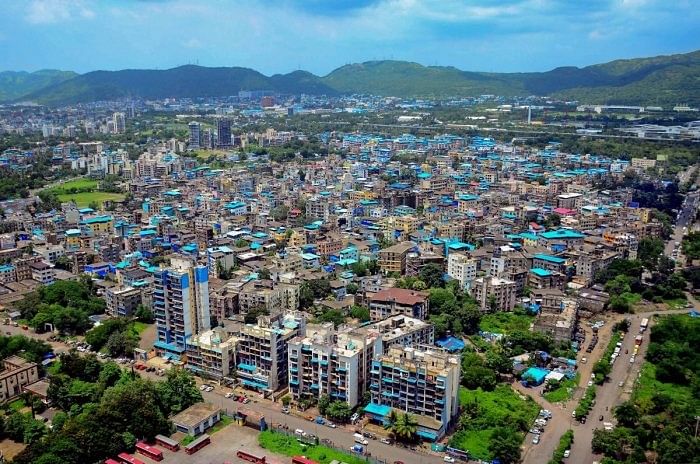Navi Mumbai is a planned city and most parts do not see major traffic congestion, except for the morning and evening peak hours which witness traffic congestion in a few areas. In addition, long or extended weekends witness traffic on the Sion-Panvel Highway as the influx of vehicles increases to a great extent. However, there are a few stretches from Vashi to Koparkhairane that see traffic snarls through most of the day, primarily due to roadside parking.
This problem has existed for a long time. Both the Navi Mumbai Municipal corporation (NMMC) and the Traffic Department take action against violators from time to time, but the problem continues to exist. According to officials from the traffic department, poor planning while developing the ‘planned city’ is creating traffic congestion on most of its internal roads.
“The city planner did not make provisions for parking inside the society complexes. This has resulted in roadside parking,” said an official from the Traffic Department of the Navi Mumbai Police. “Navi Mumbai is a modern and well-planned city with broad roads.
The acute problems faced by Mumbai’s motorists do not affect commuters in Navi Mumbai. However, the city has its own set of problems due to its geographical location. Its roads become the main arterial route for entering or leaving Mumbai.
The major traffic jam issue is caused by this extra traffic using Navi Mumbai’s roads,” said Mr Jitendra Gupta, traffic expert and founder member of the Citizen Transport Committee. Navi Mumbai: 32 years held with Rs 1. 65 lakhs Gutkha from Mhape village “The morning peak hour jams between Vashi bridge and Vashi toll plaza, especially from Sunday evening to late night and Monday mornings to noon are due to extra traffic caused by the holiday crowd returning to Mumbai after the weekend.
Another reason for the snarls on Sunday evening and Monday morning is the weekend traffic returning between Panvel and Vashi,” Mr Gupta added. According to Mr Gupta, once the airport becomes functional the situation is likely to become worse. Meanwhile, the residents of Vashi feel the rising number of vehicles in the city is also responsible for traffic congestion along these stretches.
Currently, more than five lakh vehicles are registered with the Vashi RTO, including over 2. 7 lakh two wheelers and 1. 29 lakh cars.
Additionally, more than 16,000 tourist cabs and nearly 35,000 auto-rickshaws are also registered with the RTO. With Navi Mumbai becoming one of the preferred destinations to live, many people travel to Mumbai and Thane for work. While the Vashi toll plaza sees little congestion, people travelling to Thane or areas like Powai, Andheri, or Mulund from Navi Mumbai using the Airoli bridge have a tough time negotiating in the traffic.
Navi Mumbai: Vashi RTO earns over 3 crores from fancy registration number During the monsoons, it would take at least 45 minutes to cross the Airoli bridge stretch due to potholes, despite the roads being repaired to some extent. Even the Thane-Belapur route that connects the Airoli nodes witnesses traffic congestion during peak hours. The ongoing work at a few places like the flyover over the Trans-Harbour Railway Line, the construction of one lane (towards Pune) of the Taloja Creek bridge near Purusharth Petrol Pump (Kalamboli), and the construction of an additional lane of the Vashi bridge cause traffic congestion.
However, the Sion-Panvel Highway which caters to motorists from Mumbai going towards Pune and Goa sees huge traffic congestion during festivals like Ganpati and extended or long weekends when a large number of vehicles leave or enter the city. A senior official from the Traffic Department said that during the monsoon, a few stretches witnessed traffic congestion due to road repairs. “In addition, we issue advisories ahead of important festivals to prevent traffic congestion.
We also deploy additional traffic constables at important points if required,” said the official. .
From: freepressjournal
URL: https://www.freepressjournal.in/mumbai/navi-mumbai-a-planned-city-withjams-caused-by-vehicles-in-transit



